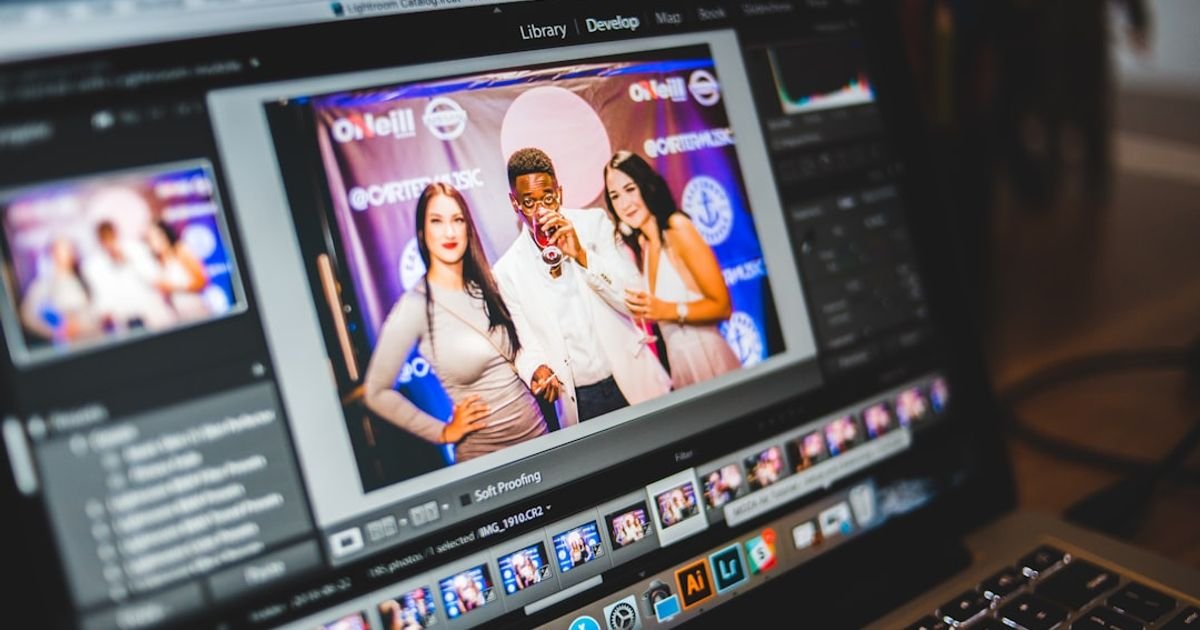About Prompt
- Prompt Type – Dynamic
- Prompt Platform – Google Veo
- Niche – Education
- Language – English
- Category – Video
- Prompt Title – Veo Prompt for Producing PowerPoint Tips & Tricks Tutorial Videos
Prompt Details
—
### **Optimized Dynamic Veo Prompt: PowerPoint Tips & Tricks for Educators and Students**
**Objective:** To generate a series of short (60-90 second), engaging, and high-quality tutorial videos for a YouTube channel or educational platform focused on mastering PowerPoint. Each video will focus on a single, impactful tip or trick. This dynamic prompt is designed to be a reusable template.
**Primary Instructions:**
Generate a vertical format (9:16 aspect ratio) video. The style should be modern, clean, and professional, with a bright and airy aesthetic suitable for an educational audience. The video must be visually clear, using on-screen text and graphic highlights to guide the viewer’s attention through the steps of a PowerPoint tutorial.
—
### **Dynamic Variables Section**
*(To generate a new video, replace the content within the square brackets `[…]`)*
* **[Video Title]:** The main title for the video (e.g., “PowerPoint Morph Transition in 60 Seconds!”).
* **[Topic of the Tip]:** The core concept being taught (e.g., “The Morph Transition,” “The Eyedropper Tool for Perfect Color Matching,” “Creating Custom Shapes with Merge Shapes”).
* **[Target Audience Pain Point]:** The common problem this tip solves (e.g., “creating static and boring presentations,” “struggling to match brand colors accurately,” “being limited by default PowerPoint shapes”).
* **[Specific Feature Location]:** The exact menu path to the feature (e.g., “the ‘Transitions’ tab,” “the ‘Shape Fill’ dropdown menu under ‘Shape Format’,” “the ‘Merge Shapes’ option under the ‘Shape Format’ tab”).
* **[Step_1_Action]:** A clear, concise description of the first action (e.g., “Duplicate your starting slide”).
* **[Step_2_Action]:** Description of the second action (e.g., “On the second slide, resize, move, or change the color of your objects”).
* **[Step_3_Action]:** Description of the third action (e.g., “Select the second slide and navigate to the ‘Transitions’ tab”).
* **[Step_4_Action]:** Description of the final action (e.g., “Click on ‘Morph’ and watch the magic happen”).
* **[Final Result Description]:** A vivid description of the impressive outcome (e.g., “a seamless, cinematic animation where a simple circle smoothly transforms into a detailed icon,” “a slide where all text and graphics perfectly match the colors of a university’s logo”).
—
### **Core Video Prompt Structure (Scene by Scene)**
**Scene 1: The Hook (0-5 seconds)**
* **Visuals:** An ultra-dynamic, full-screen, cinematic reveal of the final, polished PowerPoint slide created using the tip. Show the **[Final Result Description]** in action. For example, if the tip is about the Morph transition, show the stunning animation playing on a loop. Use a subtle dolly zoom or orbital camera movement to add energy.
* **On-Screen Text:** Bold, engaging text overlay with the **[Video Title]**.
**Scene 2: The Problem & Solution (5-15 seconds)**
* **Visuals:** A split-screen shot.
* **Left Side:** A “before” view of a generic, uninspired PowerPoint slide, representing the **[Target Audience Pain Point]**. The cursor sluggishly tries to manually align objects or find the right color.
* **Right Side:** The stunning “after” slide from Scene 1, looking professional and engaging.
* **On-Screen Text:** A question appears on the left, “Tired of this?” An arrow animates from left to right, followed by the text, “Try this!” on the right.
**Scene 3: The Tutorial – Step-by-Step (15-50 seconds)**
* **Visuals:** Switch to a high-fidelity, clean screen recording of the PowerPoint interface. The mouse cursor is prominent, perhaps with a subtle yellow highlight circle around it.
* **Action 1:** The cursor performs **[Step_1_Action]**. A clean text overlay with a numbered “Step 1” and the action description appears.
* **Action 2:** The cursor performs **[Step_2_Action]**. A glowing halo or animated outline briefly highlights key UI elements being clicked. “Step 2” text overlay appears.
* **Action 3:** The cursor smoothly navigates to the **[Specific Feature Location]** and performs **[Step_3_Action]**. Use a rack focus effect to blur the rest of the screen and draw attention to the specific menu being used. “Step 3” text overlay.
* **Action 4:** The cursor performs **[Step_4_Action]**. As the feature is activated, generate a satisfying visual effect like a subtle shockwave or burst of light emanating from the button. “Step 4” text overlay.
**Scene 4: The ‘Wow’ Moment & Application (50-60 seconds)**
* **Visuals:** The video transitions from the PowerPoint interface back to a full-screen presentation mode. The final effect of the **[Topic of the Tip]** plays out beautifully. Showcase one or two more quick examples of how this tip could be used in an educational context (e.g., animating a historical timeline, color-coding a scientific diagram).
* **On-Screen Text:** A simple, powerful statement like “Engaging Presentations, Made Easy.” or “Elevate Your Lectures.”
**Scene 5: The Outro & Call to Action (60-70 seconds)**
* **Visuals:** The final slide minimizes to reveal a clean, branded end-screen with a blurred background of the PowerPoint interface. Include placeholders for a channel logo and social media handles.
* **On-Screen Text:** “Like & Follow for more PowerPoint Tips!” and “What tip should we cover next? Comment below!”
—
### **Global Directives & Style Guide**
* **Aesthetic:** Bright, clean, minimalist. Use a light color palette (whites, light grays, one or two accent colors like a vibrant blue or orange).
* **Pacing:** Crisp and energetic, but easy to follow. Each step should be on screen long enough to be understood.
* **On-Screen Elements:** Use a consistent, modern sans-serif font for all text overlays. Animated icons, arrows, and highlights should be smooth and professional.
* **Audio (Guidance):** The visuals should be paced to accommodate an upbeat, royalty-free lo-fi or light electronic background music track. The pacing should also leave room for a clear, friendly, and encouraging voiceover narration explaining the steps.
* **Negative Prompts:** `(avoid: cluttered user interface, distracting backgrounds, jarring cuts, shaky camera movements, dark or moody lighting, corporate stock footage, overly complex jargon, pixelated or low-resolution screen elements)`.

